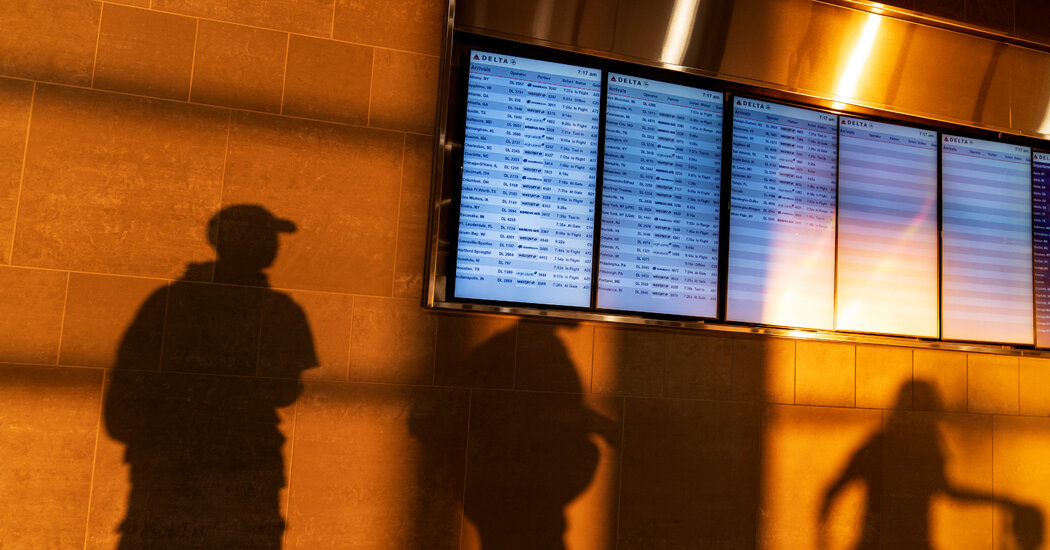Microsoft Replaces Iconic Blue Screen with New Black Screen
REDMOND, WA – Microsoft has announced a significant change to its Windows operating system, phasing out the iconic “Blue Screen of Death” in favor of a new “Black Screen of Death.”
Breaking: Microsoft’s Major Update
In a surprising move, Microsoft is retiring its infamous “Blue Screen of Death” after more than four decades of use. The change was revealed in a blog post on Thursday, where the technology giant detailed its plans to enhance the resilience of the Windows operating system.
“Now it’s easier than ever to navigate unexpected restarts and recover faster,” the company stated, highlighting the improvements aimed at streamlining user experience.
Immediate Impact
The announcement comes in the wake of the 2024 Crowdstike incident, which resulted in a massive IT outage, impacting millions of Windows systems globally. This incident has spurred Microsoft to take decisive action to prevent future disruptions.
Key Details Emerge
The “Blue Screen of Death” was traditionally displayed when a serious issue caused Windows to shut down or restart unexpectedly to avert data loss. Microsoft is now “streamlining” this experience by introducing a revamped error screen that users will encounter during unexpected restarts.
“Your device ran into a problem and needs to restart,” the new message will read, according to an image shared by Microsoft.
The updated error message will feature a black backdrop with more condensed text and will no longer include a sad face icon. Instead, it will show a percentage completed for the restart process.
Industry Response
The move represents a significant shift from the traditional user interface that has frustrated users for decades. Industry experts have noted that the simplification of the error message could lead to a more seamless recovery process for users.
By the Numbers
Over 40 years: The duration the “Blue Screen of Death” has been in use.
Millions: The number of systems affected by the 2024 IT outage.
What Comes Next
This development builds on Microsoft’s ongoing efforts to improve user experience and system reliability. The new “Black Screen of Death” will be available later this summer on all Windows 11 (version 24H2) devices.
Background Context
The timing is particularly significant because it aligns with Microsoft’s broader strategy to enhance the robustness of its operating systems in response to increasing cybersecurity threats.
Expert Analysis
According to sources familiar with the company’s plans, the transition to a black screen is part of a larger initiative to modernize and secure the Windows platform. Experts believe this change could set a precedent for other software companies to follow.
Regional Implications
Meanwhile, industry experts warn that while the change may improve user experience, it could also require adjustments from IT departments worldwide as they adapt to the new interface.
Timeline of Events
- 2023: Microsoft announces the end of the “Blue Screen of Death.”
- 2024: Crowdstike incident leads to a global IT outage.
- Summer 2024: New “Black Screen of Death” to be implemented.
The move represents a significant shift from traditional error messages, paving the way for a more modern and user-friendly approach to handling system errors.
As Microsoft continues to innovate and adapt to the rapidly changing technology landscape, the introduction of the “Black Screen of Death” marks the beginning of a new era for Windows users worldwide.





